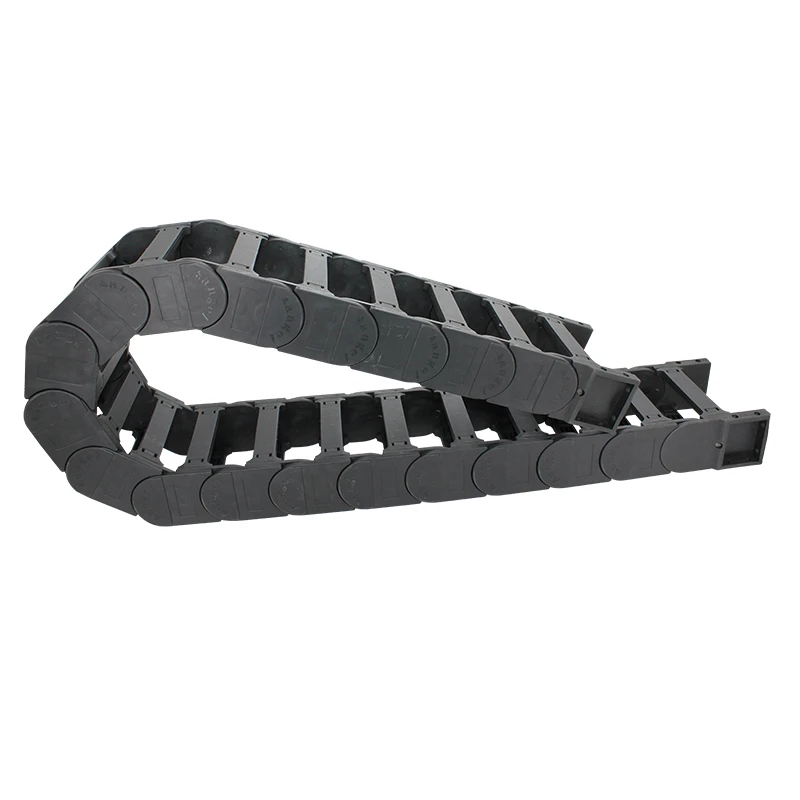chip conveyor for cnc machine
Chip Conveyor for CNC Machines An Essential Component for Modern Manufacturing
In the realm of modern machining, the efficiency of operations is paramount. As CNC (Computer Numerical Control) machines revolutionize the manufacturing process by enabling precise and automated machining, the need for effective chip management has become increasingly critical. This is where chip conveyors come into play. Chip conveyors are essential components in CNC machining centers that facilitate the removal of metal shavings and particles produced during the machining process. Their role is not only to maintain cleanliness but also to enhance the overall efficiency of manufacturing processes.
Understanding Chip Generation in CNC Machining
During the machining of metal parts, whether it's milling, turning, drilling, or grinding, a significant amount of material is removed from the workpiece. This removal often results in the generation of metal chips, swarf, and cutting fluids. These byproducts can accumulate quickly and cause several operational issues, including reduced visibility, machine overheating, and the potential for damage to both the machine and the workpiece. Therefore, managing this chip waste is essential for maintaining optimal machine performance and workplace safety.
The Functionality of Chip Conveyors
Chip conveyors are designed to continuously collect and transport chips and debris away from the machining area and towards a designated disposal point. Their functionality primarily revolves around three key actions collection, transportation, and disposal.
1. Collection As chips are produced, the conveyor collects them from multiple machining stations. This can be achieved through various designs, including hinged belt conveyors, scraping conveyors, or screw conveyors, each offering unique advantages based on the type of CNC operation and materials being used.
2. Transportation Once collected, the chips must be effectively transported away from the machine. Chip conveyors are engineered to handle different volumes and types of chips—ranging from fine particles to large metal pieces. The choice of conveyor system can significantly impact the speed and efficiency of this process.
3. Disposal Finally, the chips are directed to a storage container or suitable disposal system, where they can either be recycled or discarded. Efficient disposal is crucial not only for environmental compliance but also for maintaining the operational integrity of the CNC machine.
Types of Chip Conveyors
Chip conveyors come in various designs and configurations, each suited for specific applications. Some common types include
- Hinge Belt Conveyors These are robust systems made of interlocking metal plates that form a belt to transport heavy and bulky metal chips.
chip conveyor for cnc machine

- Auger Conveyors Utilizing a revolving helical screw, these conveyors are ideal for moving chips through confined spaces
. They are particularly effective in transporting fine metal shavings.- Magnetic Chip Conveyors Suitable for ferrous metals, these conveyors use magnetic forces to lift and move chips directly from the production area, reducing the risk of contamination.
- Screw Conveyors Known for their versatility, screw conveyors can handle both large and small chips and can be configured to transport chips both horizontally and vertically.
Benefits of Implementing Chip Conveyors
Integrating chip conveyors into CNC machining environments offers numerous benefits, including
- Improved Safety By minimizing the accumulation of sharp metal chips, safety risks for operators are reduced.
- Increased Efficiency Automated chip removal means less downtime for cleaning and maintenance, allowing for uninterrupted production schedules.
- Enhanced Machine Longevity Continuous chip removal prevents potential damage that could arise from chip buildup, extending the lifespan of CNC machines.
- Environmental Compliance Efficient chip management helps in adhering to environmental regulations by ensuring proper disposal or recycling of metal waste.
Conclusion
In the fast-paced and precision-focused world of CNC machining, chip conveyors play a vital role in maintaining operational efficiency and safety. By minimizing interruption caused by chip buildup and promoting a clean working environment, these systems not only enhance productivity but also contribute to the sustainability of manufacturing processes. As technology continues to evolve, so too will the innovations in chip conveyor systems, ensuring that they remain a fundamental aspect of automated manufacturing solutions. Investing in a proper chip conveyor system is essential for any CNC machining operation aiming for excellence in production and sustainability.








